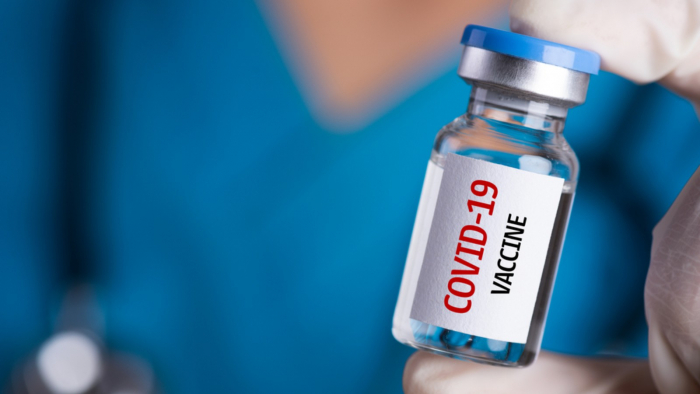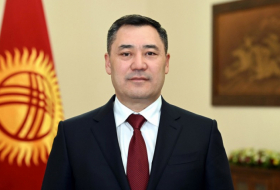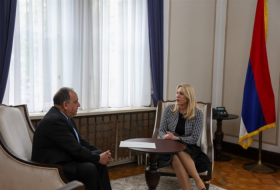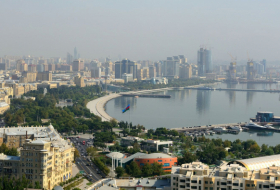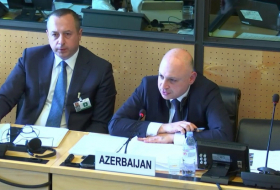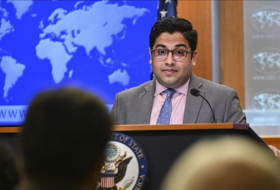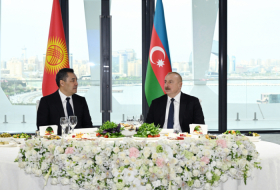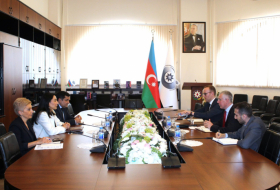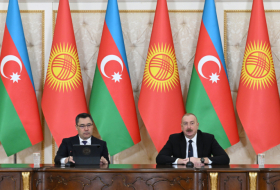By Enes Efendioglu
Public health expert and board member of Partnership for Maternal, Newborn and Child Health (PMNCH)
The whole world has been focused on the search to find a vaccine for the coronavirus in recent months. How and when a vaccine to treat coronavirus will become available are the most pressing questions facing the world at the moment.
Hundreds of thousands of people have died, and this pandemic has disrupted the lives of billions of people around the world. A vaccine that is widely available to the public is the only way life can return to the previous normal.
After placing hopes on various new measures like a mutation of the virus, to a less contagious version or eradication of the virus completely through lockdown policies, it now seems that a vaccine is the only realistic solution for a way out of this deeply problematic situation.
There are several major obstacles to developing a vaccine, which ranges from how can governments can afford the vaccine to the distribution of the vaccine. There are also questions about the degree of protection offered by an anti-virus vaccine to society as a whole.
Some model research has announced the following results: because a percentage of people are already infected with the virus, the efficacy (protective ability) of the vaccine should at least be 80% to 90%, to be able to recover fully from the coronavirus and remove the need for masks.
However, even in this scenario, at least 70% of the world population would have to be vaccinated and that is almost impossible considering the high number of people with chronic diseases who can’t get vaccinated and the large number of people who are against vaccines.
Besides these questions as we get closer to the first publicly available vaccine, some new issues are arising like the funding, distribution and regulation to prevent misuse of a vaccine.
Global actors of vaccine development and distribution, including the World Health Organization (WHO), the public-private global health partnership GAVI Vaccine Alliance and the Coalition for Epidemic Preparedness Innovations (CEPI), which successfully helped many countries to tackle serious diseases like HPV, Polio, Meningitis and many other diseases, have jointly created a new initiative for the development, fair distribution and affordability of the coronavirus vaccine.
New campaign
This new initiative is called “COVAX” and it defines its role in the fight against COVID-19 as a global collaboration to accelerate the development, production and equitable access to COVID-19 tests, treatments and vaccines. This is a groundbreaking collaboration aimed at guaranteeing fair and equitable access for every country in the world.
Before this current pandemic, there were immense global inequalities between nations on many health indicators, including maternal mortality rate, infant mortality rate and the under-5 mortality rate.
There were many reasons behind these inequalities, but one certain reason was the lack of access to resources and the unfair distribution of supplies between different countries and regions.
Many countries including sub-Saharan African countries and India in East Asia didn’t have enough doctors or the medical infrastructure to serve their total population. If these inequalities are not addressed when distributing the COVID-19 vaccine, which is a major issue for the 20th century, countries will see a long-lasting impact of the pandemic, even decades later. Even more worrying is that these impacts could even be permanent.
For example, the French drugmaker company Sanofi SA stated that it would be likely that Americans would get their vaccine before the rest of the world, due to the fact that the U.S. had financially backed early research.
“The U.S. government has the right to the largest pre-order of vaccines because it has invested in taking the risk,” the company’s Chief Executive Officer Paul Hudson said in an interview with Bloomberg News.
The company backtracked on this statement shortly afterward and claimed that they will fairly distribute the doses between countries.
Many other examples, similar to this one, from the U.K., Italy and the European Union have indicated that countries are likely to play the nationalism card. Inequalities do not seem to have disappeared in the response to COVID-19.
Therefore, the only solution at the moment seems a global partnership, cooperation or collaborative action which aims for a solution on a global level, rather than the national level responses each country is currently aiming for. This would be a more cost-effective, tailor-made solution, which most importantly would save hundreds of thousands of lives.
COVAX is inevitably the solution the world is looking for at the moment. It aims to distribute 2 billion coronavirus vaccine doses by the end of 2021, of more than one brand. It is like a platform that brings together vaccine producers and governments, who are willing to purchase their vaccine.
In a regular market and with the limited number of potentially available vaccine doses, countries who are able to pay more would receive the vaccine earlier, whereas low- and middle-income countries without this capacity would face restrictions under this unfair system.
The model's offerings
Therefore, the COVAX model proposes that firstly each country would receive equal doses for 20% of their population to vaccinate high-risk groups, including people with chronic diseases, the elderly and health care workers.
Under the COVAX system, what each country will pay will change depending on their Organization for Economic Co-operation and Development (OECD) income group. High-income countries like the U.K. or the U.S. will pay $25-$40 for each dose while middle-income countries including Turkey, for example, will pay $10-$16 for each dose. On the other hand, countries that are receiving development aid from other countries, will not have to pay for the vaccine under this model.
As of July 2020, around 80 countries have declared their interest in joining this partnership, and nine vaccine candidates are part of the support loop under COVAX. These studies include two of the current Phase 3 studies, which are potentially the biggest winners of this vaccine development race; the studies of the British-Swedish multinational pharmaceutical and biopharmaceutical company AstraZeneca and American biotechnology company Moderna.
The COVAX model provides a chance to solve the familiar global inequality problem, once a vaccine is available on the market. This will be a golden opportunity to change the pattern of years of inequality problems public health professionals have had to deal with.
We have experienced so many challenges in the past, and we have dealt with them through the normal channels; however, coronavirus is very different from any other challenge the world has faced before, so the solution also has to be completely unique and ensure equitable access to a vaccine for everyone.
The original article was published on Daily Sabah
More about: #COVAX








